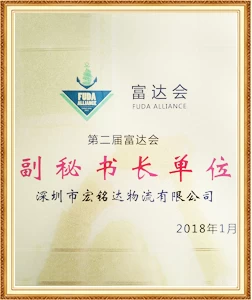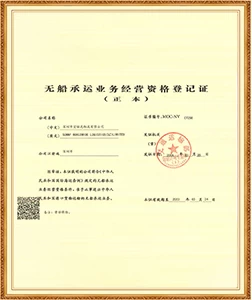Total delays in customs clearance?
Sunny Worldwide LogisticsIt is a logistics company with more than 20 years of transportation experience. It is more of a cargo owner than a cargo owner~

In international logistics and transportation, a term that is often faced and mentioned is "customs clearance at the destination port".
Sometimes customs clearance is completed in one or two days, and sometimes it takes ten days or even half a month to complete. Why is this? In order to avoid customs clearance delays, what should we pay attention to?
In order to clarify the customs clearance issue, we must first understand what customs clearance at the destination port is.
Customs clearance, also known as customs clearance, refers to the procedures that must be completed in accordance with legal regulations when import, export or re-export goods enter and exit a country's customs territory. After completing customs declaration, inspection, taxation, release and other procedures, inbound goods must fulfill all entry obligations before the goods can be released, picked up by the logistics company, and finally delivered.
In short, goods from any country entering another country must go through customs clearance procedures in accordance with regulations. Otherwise, goods that violate regulations will be punished by the laws of other countries. For various countries, there are two main purposes of customs clearance: one is to check whether it is legal, and the other is to impose tariffs to maintain the trade balance between the two countries.
Go to the freight forwarder or shipping company to renew the D/O. (Determine where to exchange the order based on the bill of lading in hand. H B/L freight forwarder's bill of lading M B/L shipowner's bill of lading) Electronic declaration - computer pre-recording, document review, sending, contacting customs/release.
After the electronic declaration is released, go to the Commodity Inspection Bureau with one of the four copies of the customs declaration form to go through the quotation procedures and issue a customs clearance form. (If the goods need to be inspected)
Customs on-site handover form (only available if the goods need to be inspected).
The customs will inspect the goods according to the supervision conditions of the declared name of the goods. If there is an inspection, an inspection notice will be issued (only if there is a customs inspection).
When goods are declared, the customs will issue a tax bill detailing the imported duties for the enterprise to pay.
Customs releases.
If you do not want the goods to be detained by the customs of the destination country, you must declare the items according to its customs policies and requirements, including the name, quantity, weight, declared value of the items, and certification documents corresponding to the special items.
The main factors that affect customs clearance are: First, in terms of cargo declaration information, including declared value and declared name, inconsistencies will result in goods being detained; in addition, special items such as children's toys, cosmetics, medical equipment, etc. require corresponding supporting documents, otherwise they will be detained goods.
If the goods are detained by the customs of the destination country, you need to understand the reason for the detention to solve the problem. In actual operation, the deduction of orders is caused by incomplete customs declaration forms, few customs declaration forms, irregular customs declaration forms and other reasons.
If the preparation materials are incomplete and there are few customs declaration forms, the materials and taxes will be paid as required.
If it is prohibited items and other goods prohibited from import, the goods can only be abandoned and destroyed.




















